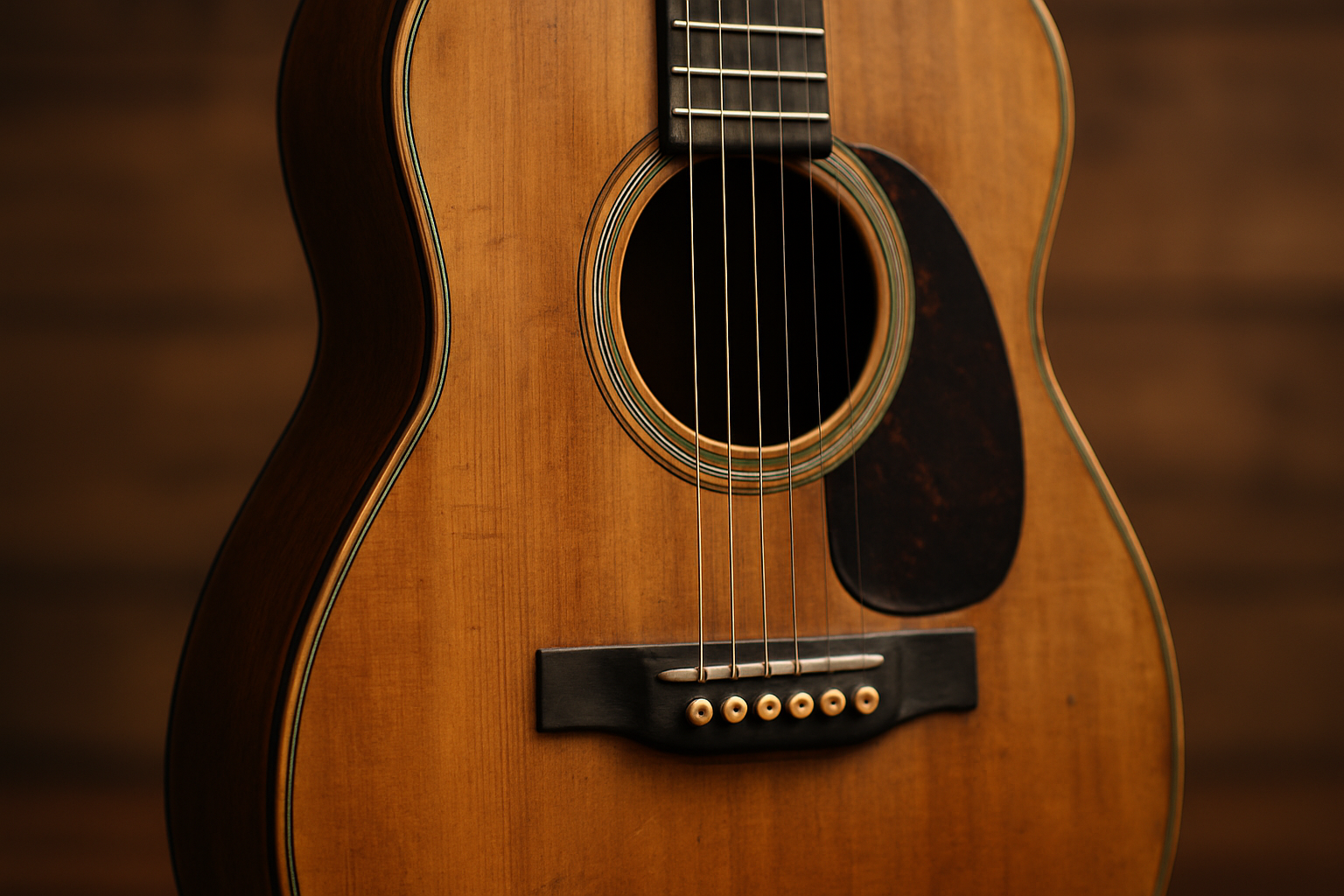When beginners start learning music, their focus is often on the basics: notes, rhythm, and technique. While these elements are essential, one factor that is often overlooked but just as important for growth is timbre—the unique color or quality of a sound. Timbre is what allows us to distinguish a piano from a guitar even when both play the same note. It is the character of sound, and for developing musicians, learning to recognize and shape timbre is crucial.
This article explores why timbre matters, how it influences musical development, and how students of all levels can train their ears and skills to use timbre more effectively.
What Is Timbre?
Timbre (pronounced “tam-ber”) refers to the quality or color of a sound that makes it unique. While pitch and rhythm tell us “what” is being played, timbre tells us “how” it sounds.
For example:
- A violin and a flute may both play the same note, but their timbres make them instantly recognizable.
- Two singers may sing the same melody, yet one has a warm, velvety voice while the other has a bright, piercing tone.
Timbre depends on factors such as overtones, resonance, instrument construction, and playing technique.
Why Timbre Matters in Musical Development
Expands Musical Awareness
Developing sensitivity to timbre helps musicians listen more closely and understand the subtle differences in sound.
Improves Interpretation
Great musicians shape timbre to match emotions, styles, and contexts. For example, a pianist may play the same passage with a lighter touch in Mozart but a heavier one in Rachmaninoff.
Aids in Ensemble Playing
In groups, recognizing timbre helps balance sound, blend with others, and know when to stand out.
Strengthens Creativity
Experimenting with timbre encourages exploration and originality, whether in composition, improvisation, or performance.
Engages Audiences
Listeners connect more deeply when music has varied tone colors. Expressive timbre prevents performances from sounding flat or monotonous.
Common Misunderstandings About Timbre
- “Timbre doesn’t matter for beginners.”
Even early learners benefit from listening closely to tone quality. - “Timbre is fixed.”
While instruments have natural timbres, musicians can shape them through technique, articulation, and dynamics. - “Only singers or instrumentalists need to worry about timbre.”
Producers, composers, and even conductors use timbre as a vital tool.
How Timbre Influences Musical Skills
Ear Training
Listening for timbre sharpens the ear beyond pitch recognition. Students learn to differentiate instruments, tones, and playing styles.
Technique
Exploring timbre requires control of touch, bowing, breath, or articulation, which strengthens technique.
Expression
Timbre adds emotional nuance. A bright, crisp sound conveys joy; a dark, mellow sound evokes calm or sorrow.
Adaptability
Musicians who understand timbre can adjust quickly when switching genres or playing with different ensembles.
Practical Ways to Explore Timbre
1. Experiment With Dynamics
Play a simple melody softly, then loudly. Notice how timbre shifts even when pitch stays the same.
2. Change Articulation
Practice legato versus staccato to hear how articulation changes tone color.
3. Explore Instrument Positions
For string players, moving the bow closer to the bridge or fingerboard changes timbre. For guitarists, strumming near the bridge versus the neck has similar effects.
4. Vary Breath and Embouchure
Wind and brass players can explore different tones by adjusting breath pressure and mouth position.
5. Use Pedals and Effects
Pianists can explore pedal combinations; electric musicians can use reverb, delay, or distortion to shape timbre.
6. Record and Compare
Recording yourself playing the same passage with different techniques reveals how timbre changes.
Exercises to Develop Timbre Awareness
- Timbre Identification Game
Listen to recordings and identify which instruments are playing without looking. - Tone Contrast Drill
Play the same phrase with two contrasting timbres—for example, warm versus bright. - Emotion Through Timbre
Choose an emotion (sadness, joy, anger) and try to convey it only by changing timbre, not notes. - Blend and Balance Practice
In ensemble settings, practice matching timbre with another musician for a unified sound. - Improvisation With Tone Colors
Improvise a short piece focusing solely on exploring timbre rather than melody or harmony.
Timbre Across Genres
- Classical: Orchestration relies heavily on timbre, combining instruments for unique colors.
- Jazz: Musicians use tone manipulation, such as growls or mutes, to add character.
- Rock: Guitar effects shape iconic timbres, from distortion to chorus.
- Electronic Music: Producers experiment with endless synthesized timbres.
- Folk: Timbre helps preserve cultural identity through traditional instruments.
The Psychological and Emotional Role of Timbre
Timbre deeply affects listener emotions. For instance:
- A child’s lullaby may sound soothing because of soft, gentle timbre.
- A marching band inspires energy with bright, brassy sounds.
- Film composers often use timbre to signal emotions like suspense, romance, or triumph.
Understanding this connection helps musicians communicate more powerfully.
Long-Term Benefits of Mastering Timbre
- Greater Expressivity: Performances gain emotional depth.
- Enhanced Listening: Musicians learn to appreciate subtle details.
- Technical Control: Shaping timbre requires refined technique.
- Creative Freedom: Musicians discover unique sounds that define their style.
- Career Advantage: Professional musicians often stand out by their distinctive timbre.
Final Thoughts: Sound Beyond the Notes
Timbre is often described as the “soul” of music. While pitch and rhythm provide structure, timbre provides identity. For musicians, developing awareness and control of timbre is like adding color to a black-and-white drawing—it brings music to life.
No matter your level, pay attention to how sound feels, not just what notes you play. Explore, experiment, and listen deeply. By doing so, you’ll not only grow technically but also unlock new levels of expression, creativity, and connection with your audience.
The next time you practice, ask yourself: How does this sound? That simple question can transform your playing from mechanical to magical.
